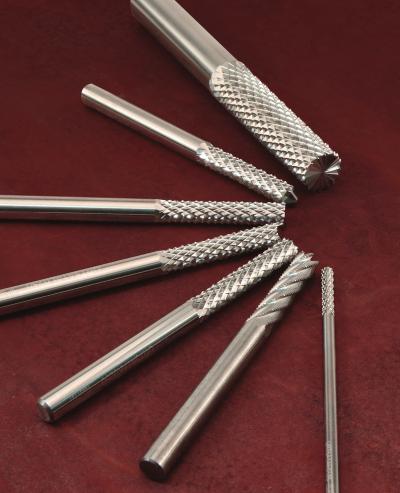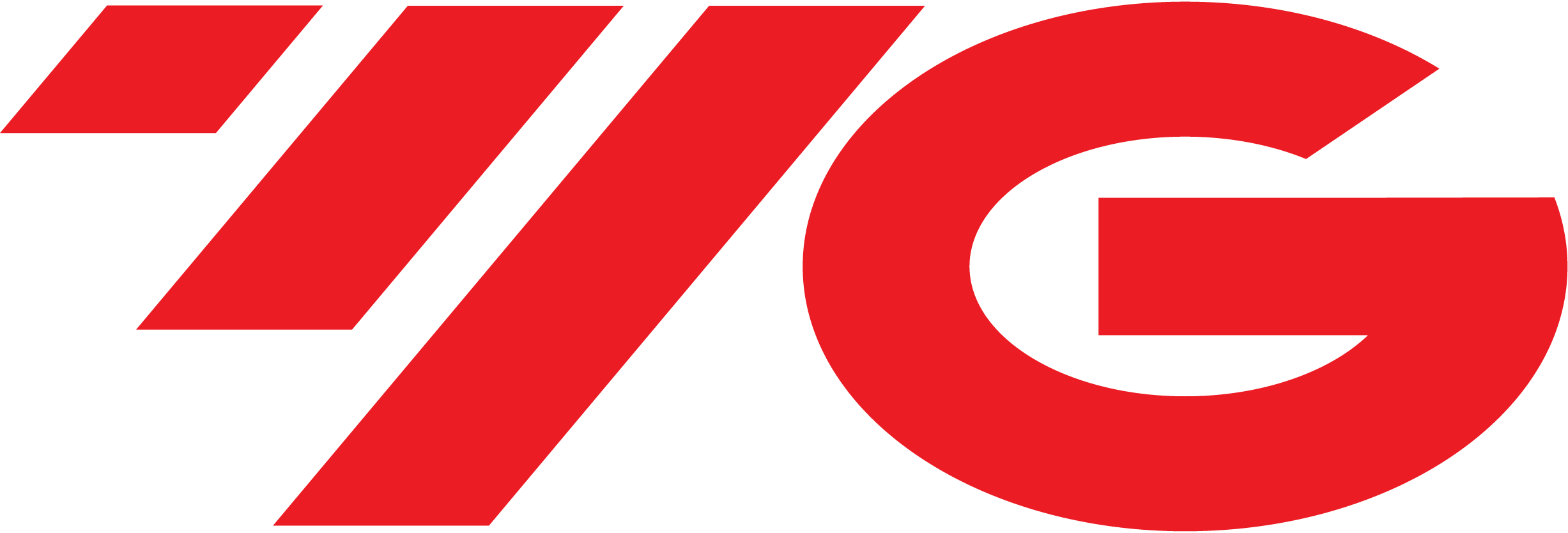
YG-1 has launched four new solid-carbide fiberglass routers for CNC or hand routers to handle every machining process for fiberglass and other high-performance fibers from start to finish. These new routers, like all YG-1 tools, are optimized in composition, cutting angles, flute strength and stability for longer life and lower cost per part.
Four distinctive cutting ends make these fiberglass/composites routers ideal for roughing, finishing, edge trimming, slotting, grooving, drilling or interpolation, achieving the same quality results on a CNC machining center or hand routing.
- Type I (NC end) – Mostly for side milling, roughing or finishing passes for high-quality finish
- Type II (burr end) – Excellent for plunging without damaging side flutes
- Type III (mill end) – Best for surface milling molds or grooving with surface finish requirements
- Type IV (drill end) – Use as a router and a drill; good for interpolation to achieve final hole diameter or slotting with a corner radius
More applications include machining in carbon fiber, Kevlar and other aramid blends, natural fiber-based composites and thermoset resin/thermoplastic blends.
YG-1 innovative router designs resolve the challenges of machining composites and stacked materials so shops and production facilities can help customers maximize the cost and weight reductions and other benefits of composites use.
YG-1 CFRP routers are made with best-in-class solid carbide and feature special CVD coating for superior cost and time savings.YG-1 engineering teams developed our innovative double-angle point geometry specifically to counteract or eliminate the machining problems typically encountered with CFRP characteristics. YG-1 CVD coating increases abrasion resistance from the fibrous materials and extends tool life by at least a factor of five to 10.
Combined with guidance margins and open flutes, these specialized routers also drill holes with no dust jams or pressure overload. Suited to manual holemaking, countersinks and counterbores, hand drilling reduces delamination and fiber pullout, and increases opportunities for dust-free drilling, improving operator comfort, health and safety.
Fiberglass/composite routers are available in a range of sizes, including market standards and specials designed for unique applications.
Contact Details
Related Glossary Terms
- chemical vapor deposition ( CVD)
chemical vapor deposition ( CVD)
High-temperature (1,000° C or higher), atmosphere-controlled process in which a chemical reaction is induced for the purpose of depositing a coating 2µm to 12µm thick on a tool’s surface. See coated tools; PVD, physical vapor deposition.
- composites
composites
Materials composed of different elements, with one element normally embedded in another, held together by a compatible binder.
- computer numerical control ( CNC)
computer numerical control ( CNC)
Microprocessor-based controller dedicated to a machine tool that permits the creation or modification of parts. Programmed numerical control activates the machine’s servos and spindle drives and controls the various machining operations. See DNC, direct numerical control; NC, numerical control.
- flutes
flutes
Grooves and spaces in the body of a tool that permit chip removal from, and cutting-fluid application to, the point of cut.
- gang cutting ( milling)
gang cutting ( milling)
Machining with several cutters mounted on a single arbor, generally for simultaneous cutting.
- grooving
grooving
Machining grooves and shallow channels. Example: grooving ball-bearing raceways. Typically performed by tools that are capable of light cuts at high feed rates. Imparts high-quality finish.
- interpolation
interpolation
Process of generating a sufficient number of positioning commands for the servomotors driving the machine tool so the path of the tool closely approximates the ideal path. See CNC, computer numerical control; NC, numerical control.
- machining center
machining center
CNC machine tool capable of drilling, reaming, tapping, milling and boring. Normally comes with an automatic toolchanger. See automatic toolchanger.
- milling
milling
Machining operation in which metal or other material is removed by applying power to a rotating cutter. In vertical milling, the cutting tool is mounted vertically on the spindle. In horizontal milling, the cutting tool is mounted horizontally, either directly on the spindle or on an arbor. Horizontal milling is further broken down into conventional milling, where the cutter rotates opposite the direction of feed, or “up” into the workpiece; and climb milling, where the cutter rotates in the direction of feed, or “down” into the workpiece. Milling operations include plane or surface milling, endmilling, facemilling, angle milling, form milling and profiling.
- slotting
slotting
Machining, normally milling, that creates slots, grooves and similar recesses in workpieces, including T-slots and dovetails.

